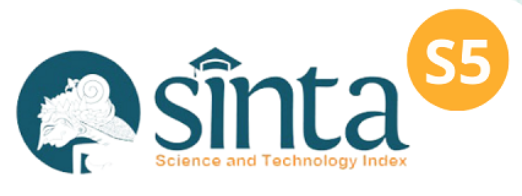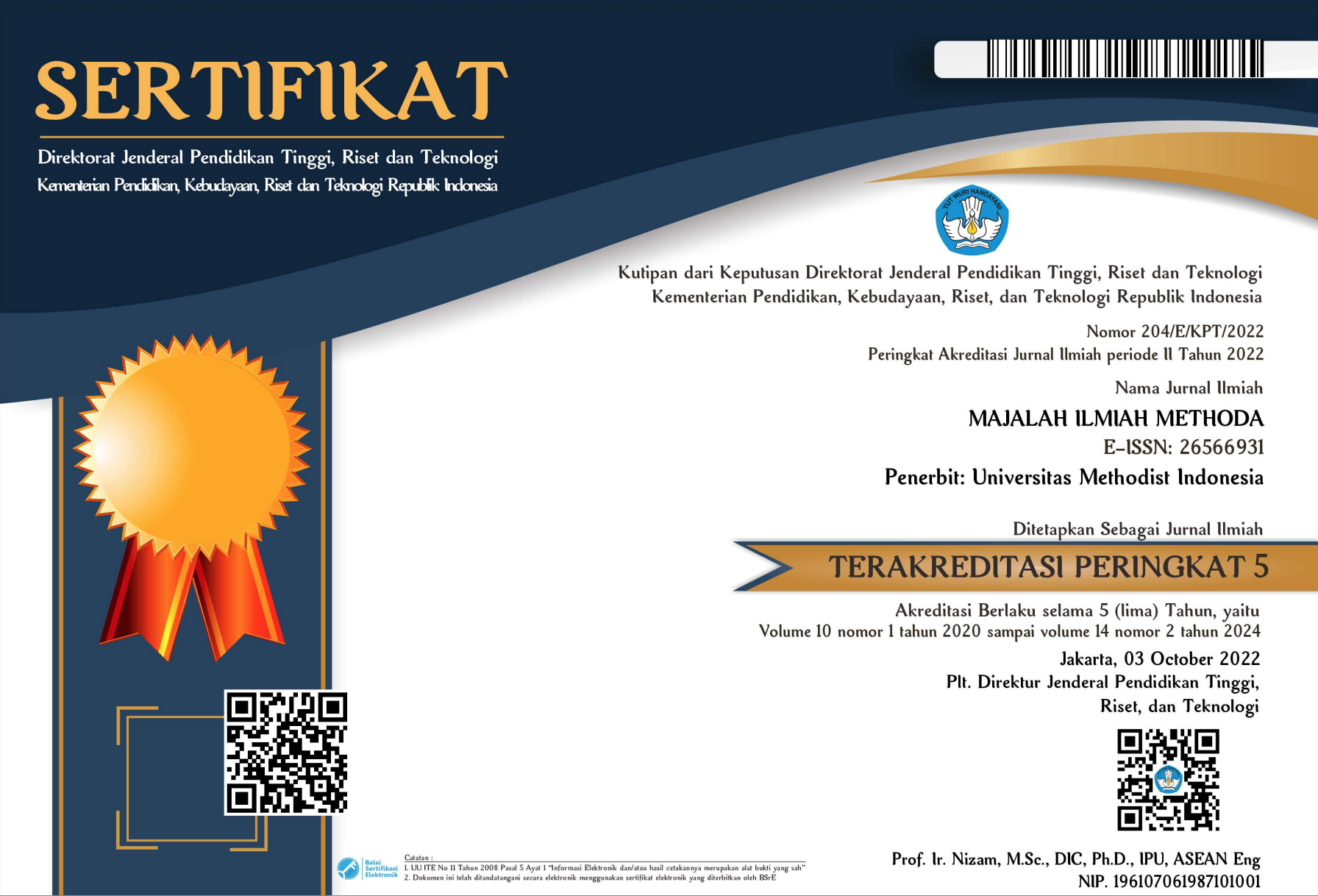PENANGANAN KOMPREHENSIF PADA VERNAL CONJUNGTIVITIS
Keywords:
Vernal Keratoconjunctivitis, Eye DiseaseAbstract
Vernal keratoconjunctivitis (VKC) is an allergic eye disease with a chronic inflammatory condition, mostly bilateral, and affects upper tarsal conjunctiva. VKC is characterized by conjunctival infiltration by various types of inflammatory cells, especially eosinophils, although VKC was previously considered an IgE-mediated disease, but several other immunological pathways such as an increase of activated CD4 + T-lymphocytes, especially Th2, indicates that hypersensitivity reactions are found against unknown pathogens. The rate of eye infection with shield ulcers ranges from about 9-10% which Staphylococcus epidermidis and Streptococcus pneumonia are the most common bacteria founded. Patients with VKC often present with symptoms which are intense itching, hyperemia conjunctiva, and watery eyes, photophobia, and a sensation like a foreign object. Clinical signs of VKC include papillary reactions of the upper tarsal conjunctiva and throughout the limbus. When eyelid eversion, bulbar and tarsal conjunctival hyperemia can be observed in the presence of papillae of varying size and occasionally a gelatinous infiltrate in the limbus area (Trantas Horner's nodule) which is necessary for the diagnosis of VKC. Avoiding specific/nonspecific triggers can prevent severe manifestations of VKC. Topical lubrication with artificial tears is used for the long-term management of VKC patients, both during the active and passive phases. The main focus of VKC medical management is to relieve symptoms and prevent complications, the types of medications used include antihistamines, mast cell stabilizers, steroids, and immunosuppressive eye drops (Cyclosporin A (CsA) & Tacrolimus). Supratarsal injection of either short or medium-acting corticosteroids is recommended as a therapeutic approach in patients with VKC. Excision of the giant papilla of tarsal conjunctiva with 0.02% intraoperative mitomycin-C was recommended in cases resulting in ptosis.










